Goats are remarkably hardy animals. They can survive on forage and browse that would make a cow or sheep’s stomach rumble in discontent, and their clever feet can scamper among rocks, cliffs, and scree that are impassable to even the most surefooted human.
For all their apparent toughness to inhospitable environments, however, there is one category where they are pretty wimpy. The elements.
Providing adequate goat shelter and housing for your bleating herd, therefore, is of particular importance when you’re setting up the initial infrastructure for goats. Whether they are meat breeds, dairy breeds, or a herd that you rent out for trimming hard-to-reach scrubland, they need a good, solid shelter for their comfort and protection.
Read through this article to learn the important features of a good goat house, special considerations to consider when personalizing one to meet your specific needs, and some examples of interesting shelters that may lend you the inspiration you need.
What Makes a Good Goat Shelter?
The key factors in a goat shelter are not in its aesthetics but in its function. A good shelter needs to be a good size, clean, dry, a relief from temperature extremes, ventilated, and protected from the wind. Let’s address these factors one at a time.
Enough Space per Goat
Size is an easy place to start. Allow for at least 15 square feet of housing per standard-sized goat, and 10 square feet for miniature breeds. If you have the benefit of building from scratch, be sure to also factor for the final number of goats you hope to have one day, not just the size of your starter trio.
An Easy Way to Manage Manure
Next, let’s talk about manure management. The cleanliness of a shelter is your direct responsibility, of course. You can help yourself immensely by making sure the goat shelter is human-accessible. Hunching under a low roof in cramped quarters makes maintaining the goat area an uncomfortable drudgery, and when a chore is unpleasant, it’s easy to not do it as often as you should.
Whether you replace the bedding weekly or add fresh layers and then do a huge seasonal cleanout, being able to move freely is essential. So remember, if you’re building a shelter from scratch or adapting an existing one, be sure to keep the human element in mind.
Helpful Additions
You can add lots of helpful features to your goat shelter to make caring for your animals easier. You can work in a storage area for housing goat feed, cleaning and dairying equipment, and any other supplies needed to care for them.
Be sure to build in at least a 4-foot-tall barrier to keep goats from this storage space, as there’s no telling what havoc they’ll wreak if they figure out how to break into their own grain storage.
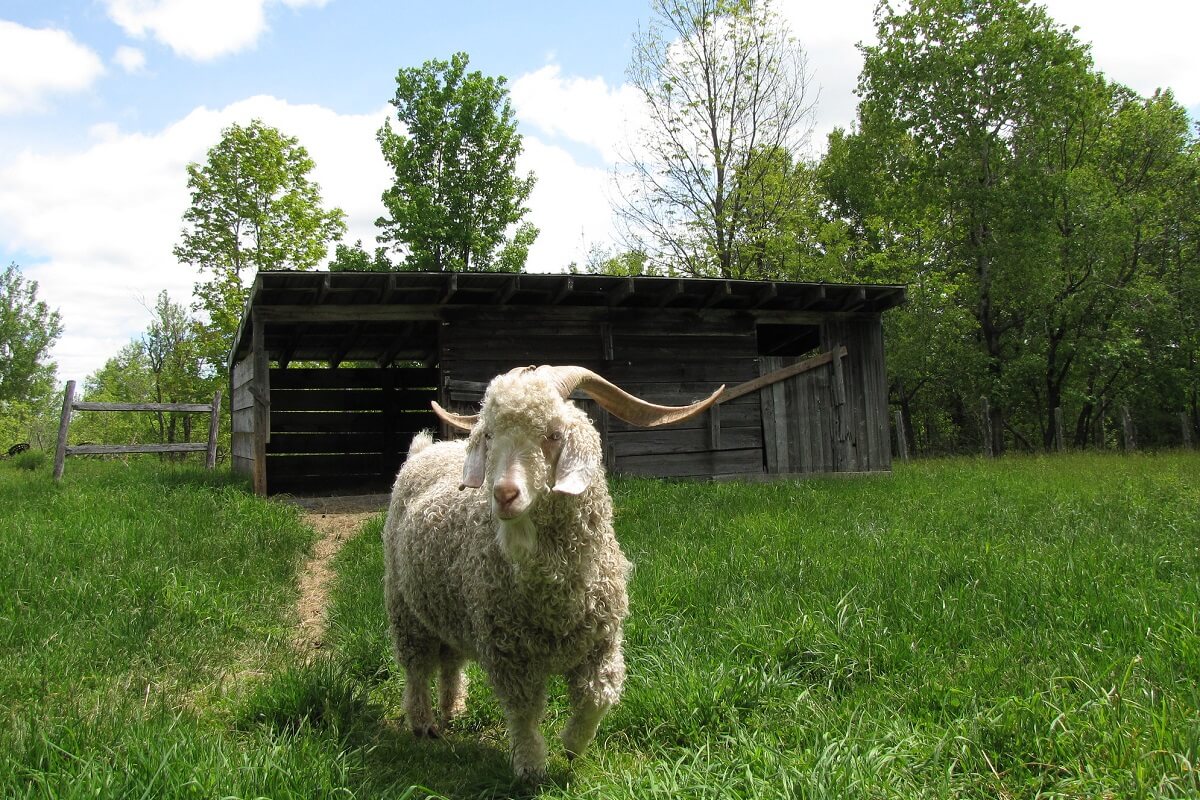
In addition to that, make sure you also bar rodents from messing around with your goat supplies. I find that galvanized trash cans are great for storing grain out of the reach of mice as the lids usually form a nice, tight seal, and there’s no way mice can gnaw through the metal.
Related Post: 5 Goat Fencing Options And Details To Consider
Finally, I would encourage building a composting area for the manure and soiled bedding halfway between your goat shelter and garden. It will make a handy storage area for all that garden fertility when you’re between seasons.
Dry Floors
Dry floors are also an important consideration for goat health. There are a lot of options for flooring from the bare-soil ground covered with a thick layer of bedding to expensive concrete foundations. Both come with their benefits and challenges.
When I visited a goat dairy farm with a concrete floor, the keeper told me it required spray cleaning daily. Spray cleaning needs a hook up to a pressurized water system. If you live off-grid, that may not be easy.
On the other hand, a dirt floor “breathes” more naturally but is also more directly influenced by rainstorms. Mitigate those effects by making sure your goat shelter is on sloped ground, allowing moisture to drain downhill rather than pooling in the shelter and encouraging bacterial problems.
Protection From Extreme Weather
Now, let’s talk about temperature and weather relief. Unlike sheep, goats will duck out of bad weather as soon as they are able. Give them their best chance at comfort and security by making sure they can get out of the wind, rain, and snow whenever they want. In the winter, a herd of goats, huddled in a snug shelter, can keep each other warm all the way down to zero degrees Fahrenheit, but only if they are dry and there aren’t any drafts sucking away their communal heat.
A way to make sure the shelter is wind-proof enough is to pretend to be a goat. Get in their shelter on a windy day, and hunch down until you’re at their level. If you can feel a breeze, you know that your herd can feel it too. Work to stop up gaps that create the breeze, but make sure you don’t make it so airtight that air can’t move at all.
Good ventilation is also an important factor in keeping your goats healthy and keeping the air from stagnating. I would recommend making sure there is ventilation somewhere around the perimeter of the roof area — that way, there can still be good air exchange without the winter winds blasting your goats directly.
In the summer, a shelter is also incredibly important, especially if you’re raising European breeds that originated in cold climates (though the desert breeds will certainly appreciate it as well). Temperatures above 80 degrees will send the herd seeking shade for relief.
Related Post: Raising Goats
In this situation, a cross breeze in the shelter will help refresh the air and provide additional cooling. One way to allow for cooling summer breezes but to prevent winter drafts is to build in a panel on the wall opposite the door. Seal it in the winter, but turn it into a nice “screen door” for the summer with a section of chain-link fence or goat panel — something that allows for air transfer, but not goat transfer!
Additional Features for Breeding Herds and Dairy Herds
If you are breeding your own goats, or if you have milking does, an important additional feature of the goat house is a separate kidding stall or stalls. This safe, clean area will allow the does an environment they need to kid at ease and in private, and it also affords you a more direct area to monitor them during the first few weeks.
Of all the herd members, a doe and her kids are the most vulnerable to cold. You may choose to install a heating element over the kidding area, but the fire risk must be managed and taken into account. An alternative, of course, is to carefully time the breeding of your does so they only give birth during the warmer months, and can conserve their winter energy for staying warm.
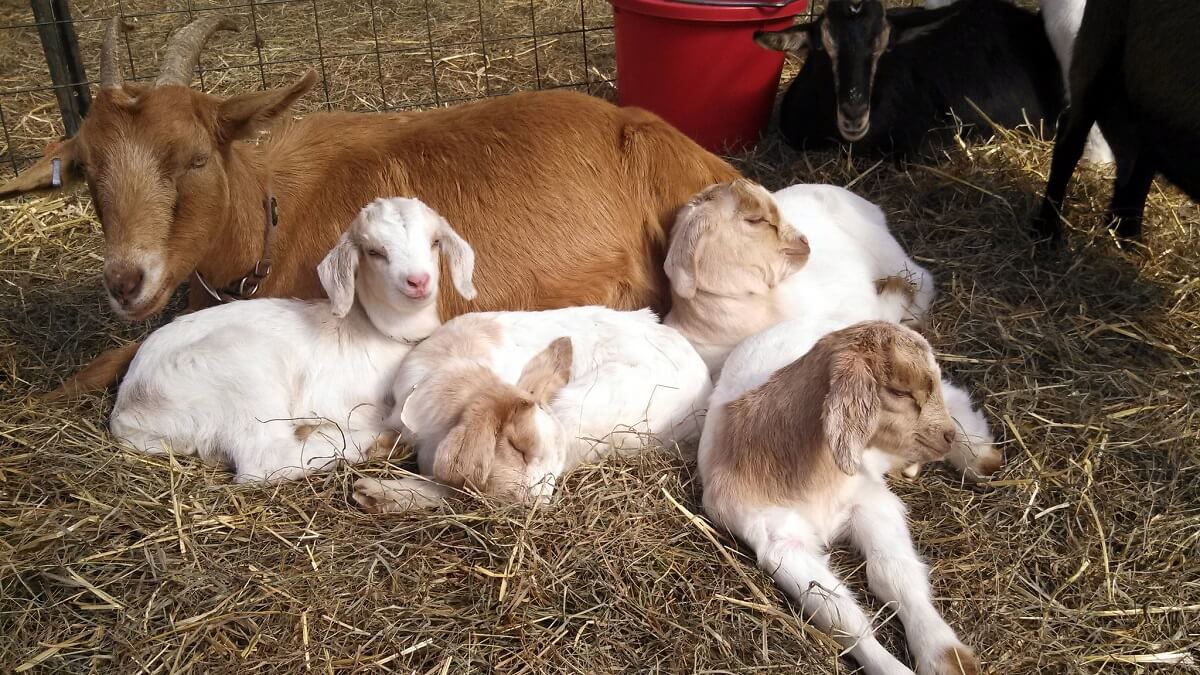
Another feature to truly make this shelter multifunctional, is to build in a milking area. This will make acquainting your does with the milk stand an easy process since you won’t need to move them to an unfamiliar spot. For the sake of cleanliness, make sure the goats don’t have access to the milking area when you’re not there.
Again, a wall 4 feet high should be high enough to bar their access while still allowing them to curiously watch what you’re doing when you’re moving around their world.
Goat Shelter Safety Considerations
Another consideration to keep in mind is the placement of the shelter in regards to your overall fencing. Even if you have fantastically secure fencing, if the shelter is butted-up against it, you may have inadvertently provided an escape route to your goats.
Be sure they can’t climb on the roof and take a flying leap toward freedom … and your vegetable patch! And even if they can’t reach the fence, keeping goats off the shelter’s roof, in general, is always a wise design plan. Those sharp hooves can easily puncture through lots of different roofing materials given enough time. As agile as they are, goats can fall — and a fall can mean a broken leg.
Also keep in mind (if you are new to goats) that young goats are cheeky. They enjoy leaping against walls and pushing off with all fours like some sort of caprine free-runner. As cute as you think the window in your goat shelter looks on your social media accounts, the goats will probably shatter it (and maybe hurt themselves in the process).
Finally, make a routine of inspecting your goat world regularly to check the shelter for signs of wear and tear and potential hazards. Goats are excellent at messing around with structures and may create their own danger. Keep watch for signs of goat-wear. A nail sticking out of a board or a piece of stray wire are all torn lips and pierced feet waiting to happen.
Examples of Goat Shelters
On our homestead, we’ve turned a portion of the barn into an access-anytime shelter during the day. Goats can wander in and out of their area and into the pasture when wanted.
At night, we can securely close the door and keep them safe. But what’s best for you on your land? To find the best fit for your herd, let’s take a look at some goat shelters online that incorporate all these elements in different, yet effective ways.







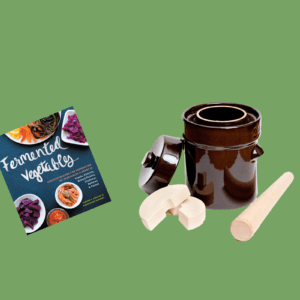






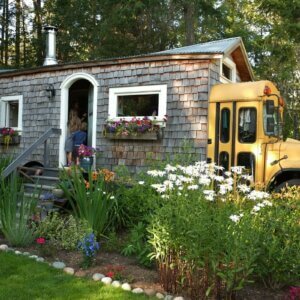



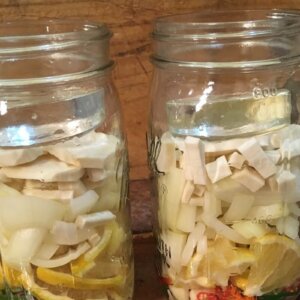





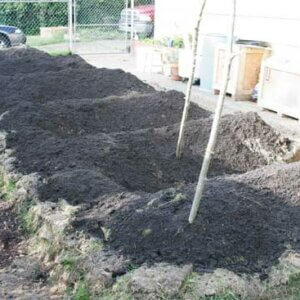



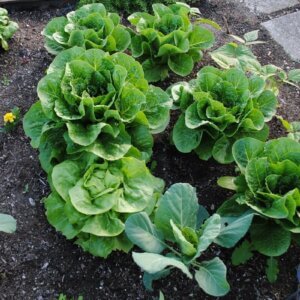

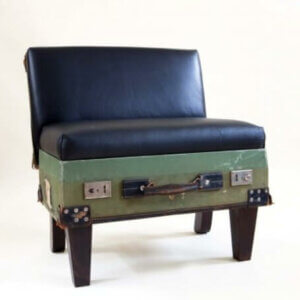




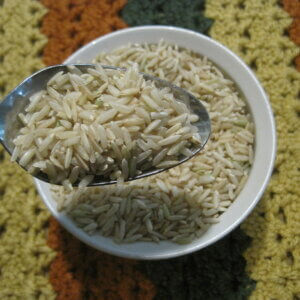
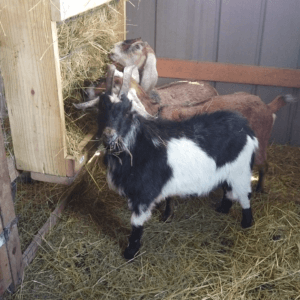
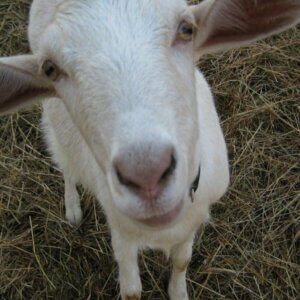


Hey all you goat lovers out there! It warms my heart to see all the excellent ideas for low to no cost shelters, especially the ones using pallets. Aren’t they just the greatest building material yet? I’ve learned quite by accident and experience that what works good generally looks good too. It’s very reassuring to see such good examples.
Thanks to all.
Edgar